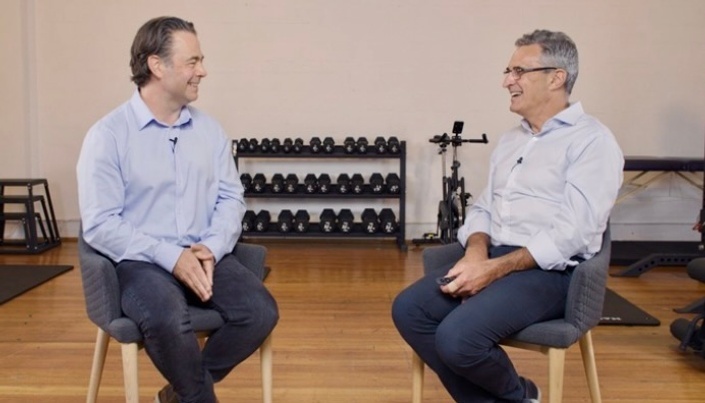Introduction
The ACL Surgery and Early Post-Op Rehab Masterclass, taught by Professor Julian Feller and Randall Cooper, explores the intricate details of ACL surgery, prehab and early rehab, and everything in between. This Executive Summary provides clinically relevant, actionable information that may be useful to health professionals.
Part 1: Background and the Lead-Up to Surgery
Non-operative management of ACL injuries has received a lot of attention recently, with some recent evidence demonstrating it can be a genuine rehabilitation option, even for those returning to high level sport. However, this decision should not be made lightly, and for those who opt for surgery, a good period of prehab to prepare mentally and physically is highly recommended.
- The two primary indications for ACL surgery are current or anticipated knee instability (for example, if they are returning to a high level cutting sport), and the presence of associated knee injuries such as a large meniscal tear.
- Knee instability is a symptom felt by the individual and cannot be measured simply by tracking giving way episodes of the knee.
- The goal of prehab should not be to achieve high level muscle strength, but to instead achieve a knee that is ready for surgery. Three great exercises are:
- a) cycling on an exercise bike,
- b) isometric quad holds in knee extension, and
- c) walking and stair climbing.
- Non-operative management of ACL injuries is a genuine option, and should consider individual factors such as finances, the sport the athlete plays, their expectations, beliefs, and how the knee feels. Ultimately, the patient needs to make the decision once they are given all the facts.
-
Surgery should take place when the knee is settled down, there is good quads activation, limited effusion, and the individual almost feels like they don’t need the surgery.
Part 2: Graft Choices & Procedures
There are a number of surgical options and procedures available to those who require an ACL reconstruction, however, knowing the best route to take is not always obvious. Whilst various synthetic grafts have been trialled over the years, using live tissue such as a hamstring tendon appears to be most effective. Beyond this, choosing the appropriate graft site (hamstring, patellar or quad tendon) must consider a number of individual factors.
The 3 types of grafts used in an ACL reconstruction are
- Autografts (derived from another part of the body such as a hamstring tendon)
- Allografts (derived from cadaver grafts or living donor grafts)
- Synthetic grafts
Synthetic grafts are not a great option for ACL reconstruction as it is harder for them to heal and withstand force, whilst they pose additional challenges in removing them if surgical revision is required.
Choosing between patellar tendon, hamstring tendon and quad tendon grafts should factor in the sporting and activity demands of the individual, their preferences and beliefs, their age and their current athletic profile and injury history. Overall, there is little difference in re-rupture rates and risk across the 3 autografts.
ACL reconstruction may be paired with a lateral extra-articular tenodesis when there are additional risk factors for re-rupture present, such as a family history of ACL injuries or if the athlete is returning to a cutting sport. The surgery involves using part of the ITB to provide additional antero-lateral support.
Masterclass Preview
When to have surgery following ACL injury will be different from one person to the next.
Enjoy this free preview of Julian & Randall discussing the considerations of when someone is ready to have an ACLR.
Part 3: Early Post-Op Rehab
Following surgery, quad activation, movement of the knee and regaining confidence in the knee is key to make early progress. The site of the graft will also dictate the focal points for rehab; for example, hamstring grafts require slower introduction of hamstring exercises whilst patellar tendon grafts require slower progressions of open chain knee exercises.
The knee only has 2 ways of telling you it is unhappy; pain or swelling. We must continue to track these symptoms throughout rehab and use them to help guide exercise progressions.
Randall’s 5 favourite exercises in early post-op rehab are a) standing knee extension using a band to work on terminal knee extension, b) 80/20 supported mini squats, c) high knee marches, d) single leg balance, and e) stationary bike riding.
By week 4, the athlete should aim to achieve 0-125 degrees knee active range of motion, minimal to no effusion and 0-5 degrees quad lag.
Whilst running does have the potential to aggravate the knee post-operatively particularly if quad strength is reduced, when appropriate, running can be a useful tool to actually strengthen the knee and the quads.
We must continue to address and strengthen the rest of the body throughout the ACL rehab journey, whilst seeking to re-establish confidence in normal movement as soon as possible.


